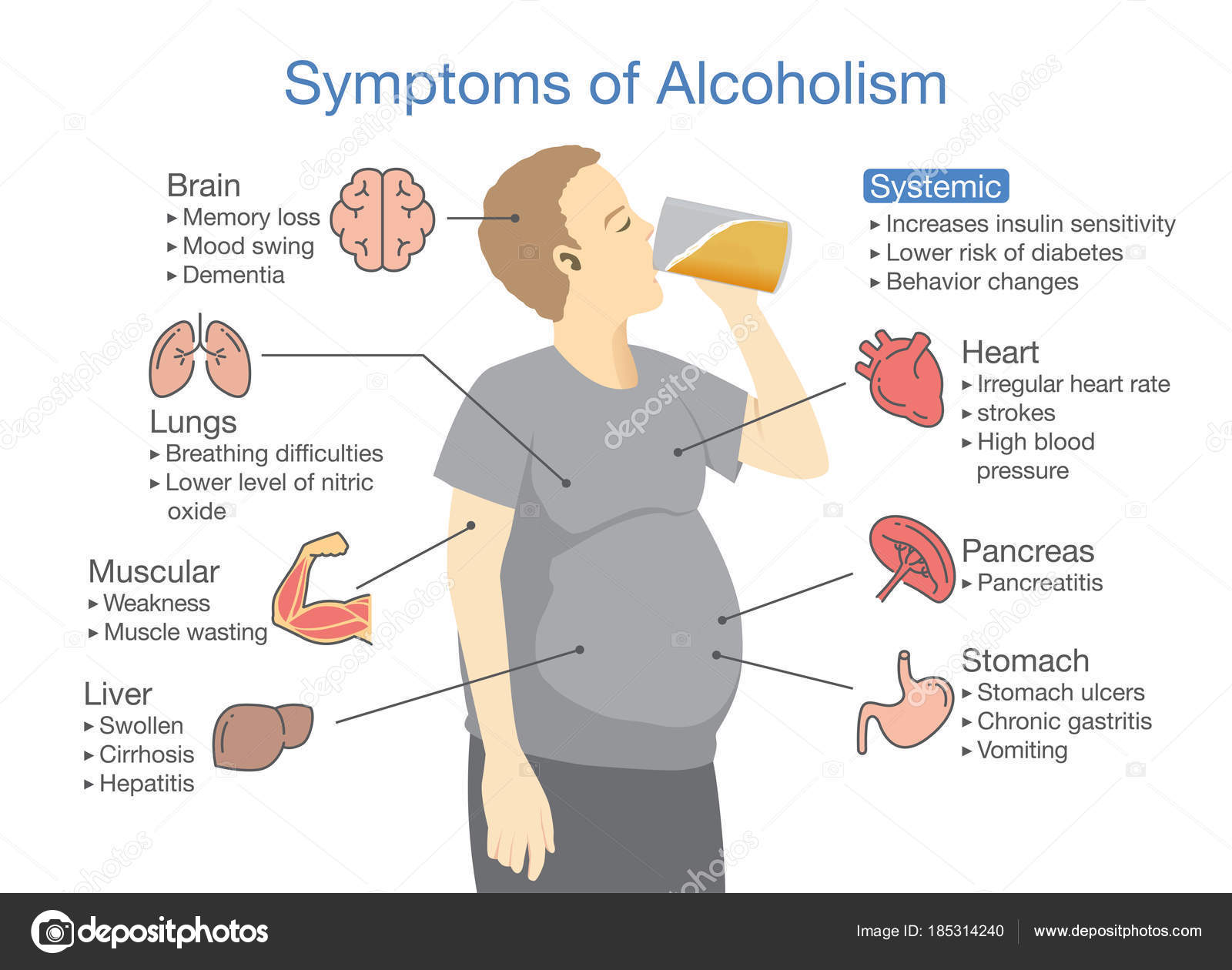Can Cirrhosis Be Healed: Comprehensive Treatment Guide for Cirrhosis
Can cirrhosis be healed? Explore the comprehensive treatment options for cirrhosis, including lifestyle changes, medications, and liver transplant. Get expert insights on managing complications and preventing further liver damage.
Understanding Cirrhosis and Its Treatment
Cirrhosis is a chronic liver condition characterized by scarring and damage to the liver tissue. While cirrhosis cannot usually be cured, there are numerous ways to manage the symptoms, complications, and prevent the condition from worsening. The treatment approach for cirrhosis depends on the underlying cause, such as long-term viral hepatitis, alcohol abuse, or other factors.
Lifestyle Changes for Cirrhosis Management
Making certain lifestyle changes can play a crucial role in managing cirrhosis and reducing the risk of further complications. These changes include:
- Avoiding alcohol: Abstaining from alcohol is essential, as it can further damage the liver and worsen the condition.
- Quitting smoking: Smoking can exacerbate liver damage and increase the risk of complications.
- Achieving a healthy weight: Losing weight if overweight or obese can help reduce the strain on the liver.
- Engaging in regular exercise: Exercise can help maintain muscle mass and overall physical health.
- Practicing good hygiene: This can help reduce the risk of infections, which can be particularly dangerous for individuals with cirrhosis.
- Discussing vaccinations: Consulting a healthcare provider about recommended vaccinations, such as the annual flu vaccine or travel vaccinations, can help prevent infections.
- Monitoring medication: Discussing any over-the-counter or prescription medications with a healthcare provider, as cirrhosis can affect how certain medications are metabolized.
Dietary Changes for Cirrhosis Management
Proper nutrition is crucial for individuals with cirrhosis, as malnutrition is common in this condition. Key dietary considerations include:

- Balanced, healthy diet: Eating a balanced, nutrient-rich diet can help provide the necessary nutrients and support overall liver function.
- Reduced salt intake: Cutting down on salt can help reduce the buildup of fluid in the legs, feet, and abdomen, a common complication of cirrhosis.
- Increased calorie and protein intake: Due to the liver’s inability to store glycogen, individuals with cirrhosis may require additional calories and protein to maintain muscle mass and strength.
- Frequent, smaller meals: Eating smaller, more frequent meals throughout the day can help manage energy levels and prevent muscle loss.
Medications for Cirrhosis Treatment
Depending on the underlying cause of cirrhosis, healthcare providers may prescribe various medications to manage the condition and its symptoms. These may include:
- Antiviral medications: For individuals with cirrhosis caused by viral hepatitis, antiviral medications may be prescribed to help control the viral infection.
- Diuretics: These medications, when used in combination with a low-salt diet, can help reduce the buildup of fluid in the body, addressing issues like swelling (edema).
- Portal hypertension medications: Medications may be used to help manage high blood pressure in the main vein that carries blood to the liver (portal hypertension).
- Skin-related medications: Prescription creams may be used to alleviate itching, a common symptom of cirrhosis.
Managing Cirrhosis Complications
As cirrhosis progresses and the liver’s function becomes increasingly compromised (decompensated cirrhosis), various complications may arise that require specific treatments. These complications and their management include:
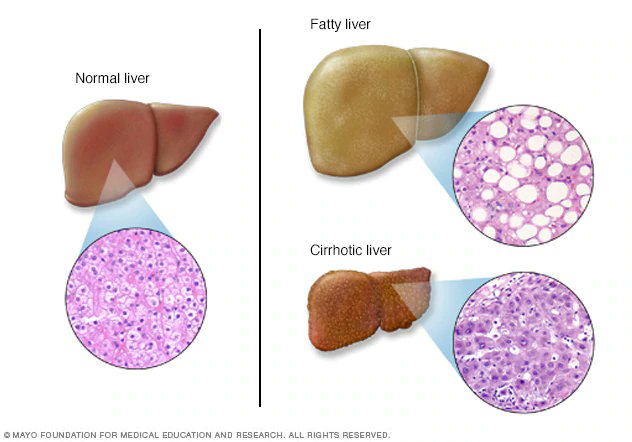
Swollen or Bleeding Veins
Cirrhosis can cause the veins in the esophagus (esophageal varices) or stomach (gastric varices) to become swollen. If these veins start to bleed, it is a medical emergency. Treatments may include beta-blockers, endoscopic procedures, and urgent care for severe bleeding.
Fluid Buildup (Ascites and Peripheral Edema)
Fluid buildup in the abdomen (ascites) or legs and ankles (peripheral edema) is a common complication of progressing cirrhosis. The primary treatments are a low-salt diet and diuretic medications. In severe cases, the fluid may need to be drained from the abdomen.
Hepatic Encephalopathy
Cirrhosis can sometimes cause problems with brain function, known as hepatic encephalopathy. Symptoms include confusion, sleepiness, and difficulty concentrating. The main treatment is lactulose syrup, which helps clear toxins from the body, along with the antibiotic rifaximin.
Bleeding Complications
Cirrhosis can affect the liver’s ability to make blood clot, increasing the risk of severe bleeding. Medications or blood products may be used to prevent or treat bleeding episodes, and patients should discuss the risk of bleeding with their healthcare provider before any procedures, including dental work.

Liver Transplant as a Treatment Option
In cases where cirrhosis has progressed to severe liver damage, a liver transplant may be the only viable treatment option. This complex procedure involves removing the diseased liver and replacing it with a healthy liver from a donor. Patients typically require extensive evaluation and preparation before being considered for a liver transplant.
In summary, while cirrhosis cannot be cured, there are numerous ways to manage the condition and its symptoms, prevent further liver damage, and address any complications that may arise. A comprehensive treatment approach that combines lifestyle changes, medications, and, in severe cases, a liver transplant, can help individuals with cirrhosis maintain the best possible quality of life.
Treatment for cirrhosis – NHS
The treatment for cirrhosis depends on what has caused it. Cirrhosis cannot usually be cured, but there are ways to manage the symptoms and any complications, and stop the condition getting worse.
Lifestyle changes
If you have cirrhosis, there are several lifestyle changes you can make to reduce your chances of further problems and complications. These include:
- avoid alcohol
- quit smoking
- lose weight if you’re overweight or obese
- do regular exercise to reduce muscle loss
- practise good hygiene to reduce your chance of getting infections
- speak to a GP about vaccinations you may need, such as the annual flu vaccine or travel vaccines
- speak to a GP or pharmacist if you’re taking over-the-counter or prescription medicines, because cirrhosis can affect the way some medicines work
Dietary changes
Malnutrition is common in people with cirrhosis, so it’s important you eat a healthy, balanced diet to help you get all the nutrients you need.
Cutting down on salt can help reduce the chance of swelling in your legs, feet and tummy caused by a build-up of fluid.
The damage to your liver can mean it’s unable to store glycogen, which is a type of fuel the body needs for energy.
When this happens, your muscle tissue is used for energy between meals, which leads to muscle loss and weakness. This means you may need extra calories and protein in your diet.
Eating healthy snacks between meals, or having 3 or 4 small meals each day, rather than 1 or 2 large meals, may help.
Medicine
The medicine you need will depend on what caused the damage to your liver. For example, if cirrhosis is from long-term viral hepatitis, you may be prescribed antiviral medicine.
You may be offered medicines to ease the symptoms of cirrhosis, such as:
- diuretics, which are used in combination with a low-salt diet to reduce the amount of fluid in your body, which helps with swelling (oedema)
- medicine to help with high blood pressure in the main vein that takes blood to the liver (portal hypertension)
- prescription creams to ease skin itching
Managing complications
If cirrhosis progresses and your liver is no longer able to function (decompensated cirrhosis), you may get complications that need treatment.
Swollen or bleeding veins
When cirrhosis has progressed, it can cause the veins in your food pipe (oesophagus) or stomach to become swollen. These are called oesophageal varices and gastric varices.
An endoscopy is used to diagnose oesophageal and gastric varices.
You may be given a type of medicine called a beta blocker, such as propranolol, to reduce the chance of the varices bleeding, or to help control bleeding.
If you vomit blood, or have blood in your poo, it may be because the varices are bleeding (a variceal haemorrhage). You will need urgent treatment. Go to your nearest A&E department immediately.
There are several treatments used to prevent or stop the bleeding, such as medicines and fitting a band around the veins (endoscopic variceal band ligation).
Find out more about the treatments for oesophageal and gastric varices from The British Liver Trust.
Fluid in the tummy and legs
A build-up of fluid in your tummy area (ascites) or legs and ankles (peripheral oedema) is a common complication when cirrhosis progresses.
The main treatments are cutting out salt from your diet and taking a type of medicine called a diuretic, such as spironolactone or furosemide.
If the fluid in your tummy becomes infected, you may need antibiotics. In severe cases, you may need to have the fluid drained from your tummy area with a tube.
Encephalopathy
Cirrhosis can sometimes cause problems with your brain function (encephalopathy).
Symptoms include confusion, feeling sleepy, and problems concentrating. This happens because the liver is no longer able to clear toxins properly.
The main treatment for encephalopathy is lactulose syrup.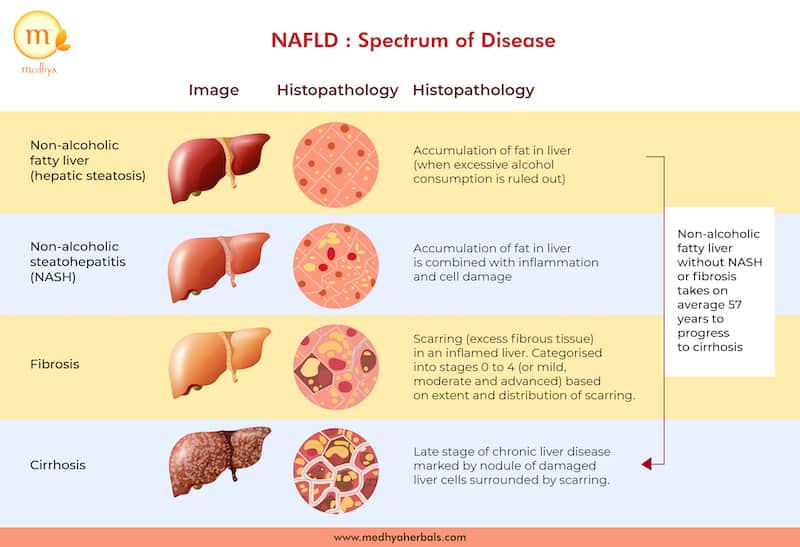 This acts as a laxative and helps clear toxins from your body. You may also need to take an antibiotic called rifaximin, to prevent infection.
This acts as a laxative and helps clear toxins from your body. You may also need to take an antibiotic called rifaximin, to prevent infection.
Bleeding
Cirrhosis can affect your liver’s ability to make your blood clot, which means there’s a chance of severe bleeding if you cut yourself or have an operation or dental work.
You may be given medicines, or a blood product called plasma, to prevent or treat bleeding.
Talk to your doctor about your condition and the risk of bleeding before having an operation, including any dental work.
Liver transplant
If cirrhosis progresses and your liver is severely damaged, a liver transplant may be the only treatment option.
This is a major operation that involves removing your diseased liver and replacing it with a healthy liver from a donor.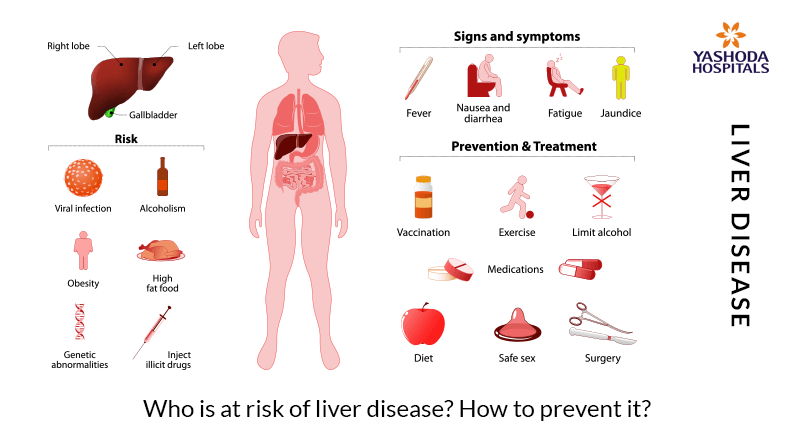
You will probably have to wait a long time for a suitable donor liver to become available.
You will not be able to have a liver transplant if cirrhosis was caused by alcohol-related liver disease and you continue to drink alcohol.
Find out more about a liver transplant from the British Liver Trust.
Diabetes
Diabetes may get worse if you have type 2 diabetes and develop cirrhosis.
This is because cirrhosis can increase your resistance to insulin, a hormone produced by the body to control blood sugar levels.
Managing cirrhosis and diabetes can be very challenging. You will need careful monitoring and may need to take several different medicines.
Liver cancer
Having cirrhosis increases the chance of liver cancer, most commonly a type called hepatocellular carcinoma (HCC).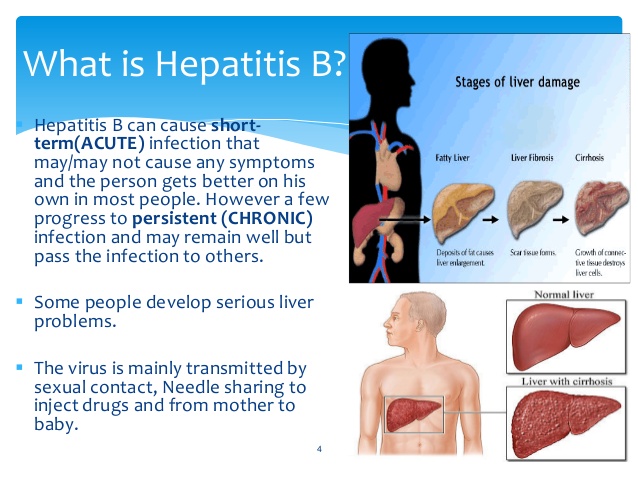
Many symptoms of liver cancer are the same as symptoms of cirrhosis, so regular checks for liver cancer are important.
You should have an ultrasound scan, and may also have blood tests, every 6 months to check for HCC.
Read more about liver cancer.
Page last reviewed: 29 June 2020
Next review due: 29 June 2023
Leveraging the liver’s ability to heal scarred tissue
In medical school, Cliff Brass was interested in the brain. He and a friend, who favored the liver, used to argue about which organ was smarter. They are both hepatologists now.
“I guess that answers that question”, says Brass, Senior Global Program Medical Director at Novartis Pharmaceuticals. “The liver is an amazing organ”.
For instance, it is possible to take a hunk of one person’s liver and transplant it into another person. The partial organ will grow to fit the space available, suggesting that the liver has unusual regenerative capabilities.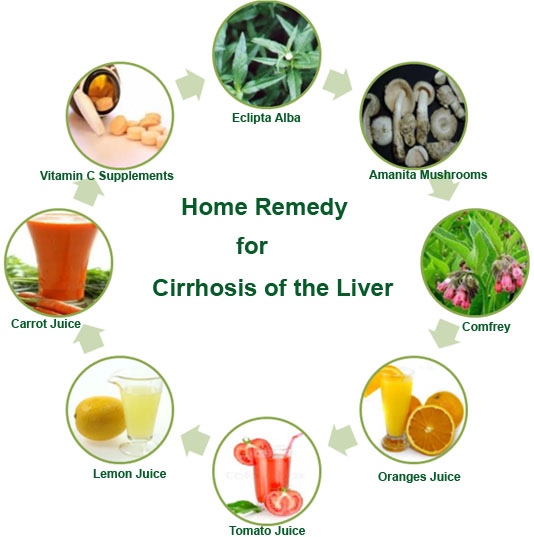
It is one thing for a healthy liver to have such powers, but can a scarred liver heal itself? For a long time, the answer was quick and clear: No.
“Despite the fact that evidence of the reversibility of liver scarring started accumulating in the 1960s, the prevailing wisdom was that once you get scar tissue in the liver, it’s permanent”, says Chinwe Ukomadu, a hepatologist and Senior Translational Medicine Specialist at the Novartis Institutes for BioMedical Research.
Only recently have scientists and liver specialists begun to change their answer to a qualified yes. Yes, it’s reversible, but it isn’t clear how. This shift in thinking has opened the door to the idea that medicine may be able to speed up the process. Scarring occurs in many liver diseases and is ultimately the cause of liver failure in late stages of disease, so healing scarred liver tissue would benefit most liver disease patients. For instance, Novartis has recently begun clinical testing of a new investigational compound that might have anti-scarring effects.
One of the first clues suggesting that liver scarring might be reversible came out of a hospital in Miami, FL, in 1962. Doctors there were working with a handful of patients with hemochromatosis, a disorder that causes iron to accumulate in the liver and cause scarring. They took biopsies of patients’ livers before and after performing procedures to remove the iron. After the procedure, they found that the amount of scarring had decreased.
Over time, similar hints appeared in other small-scale studies, says Ukomadu. For instance, the life expectancies of recovering alcoholics—who are thought to have extensive liver scarring—are longer than the life expectancies of people who continue to drink. And patients with autoimmune hepatitis who are treated with steroids to reduce liver damaging inflammation have similar life expectancies whether they begin treatment with advanced liver scarring, called cirrhosis, or without.
“In these cases, something is getting better,” says Ukomadu. “But is it the liver? Researchers have argued that it could be anything”.
“But is it the liver? Researchers have argued that it could be anything”.
The real turning point in thinking came with the advent of treatments for viral liver disease. In the 1990s, drugs became available to treat hepatitis C and hepatitis B. When patients took these drugs, they effectively removed the root cause of the organ damage. Later, liver biopsies revealed that many patients, even those with late-stage cirrhosis had recovered.
“In some cases, you couldn’t tell that the patients had been sick,” says Ukomadu. “Their cirrhosis had completely disappeared”.
Today, researchers at Novartis see two possible ways to repair scarred livers. One is to stop the disease process that is causing the damage and wait for tissue to heal.
This approach has merit, but during the time it takes for the liver to repair itself, patients are left in a vulnerable condition. If they experience another illness or hospitalization while living with an incapacitated liver, they may not fare well.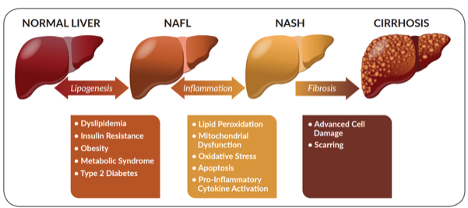 In some cases, this vulnerability may be hidden because patients with liver scarring don’t always show symptoms.
In some cases, this vulnerability may be hidden because patients with liver scarring don’t always show symptoms.
“The liver is a biochemical factory for the body, but it’s a factory with a vast overcapacity”, says Brass. “It may not be until someone’s liver is very close to the edge of keeping up that they suddenly see a dramatic downturn in health”.
Currently the only option for patients with end-stage liver disease is a liver transplant. This procedure is only offered in certain parts of the world, and donor tissue is in short supply.
So Novartis favors a more proactive strategy to find ways to directly reverse scarring to give liver disease patients a fighting chance.
“Many patients who are waiting for transplants become miserably sick,” says Ukomadu. “The ability to stall or reverse liver scarring would have enormous impact”.
Main image: This liver tissue from a patient with non-alcoholic fatty liver disease (NASH) shows mild fibrosis (green), which can lead to advanced liver scarring called cirrhosis. Image: Nephron/Wikimedia
Image: Nephron/Wikimedia
A reversal in thinking about the reversibility of liver damage is changing the field of hepatology.
Cirrhosis is curable! – (publication in the journal Ogonyok) – “HEPATIT.RU”
Bella LURIER, Candidate of Biological Sciences, Member of the European Association for the Study of the Liver, Hepatological Research Center GEPATIT.RU (gepatit.ru) at the Medical Center “Clinic on Sadovoy”.
– Any sensational discoveries in science must be confirmed by evidence-based medicine. This means that a new drug must go through several stages of clinical trials in different independent research centers, and these trials must be carried out according to a double-blind method, involving placebo control, and only then can we say that the use of a new drug in such and such a certain percentage cases gives positive results. Before carrying out such full-scale studies, I consider it not only premature, but also dangerous, to talk about some kind of revolutionary discovery.
You see, most people have little idea of the complexity of such diseases as viral hepatitis and cirrhosis. Someone read something on the Internet, others heard something out of the corner of their ear. And I am very afraid that many people with cirrhosis will either wait for this supposedly miraculous drug without taking any serious measures for treatment, or, even worse, will rush to scammers promising miracles of healing. And such cases have already happened – for example, when in Novosibirsk, unknown “professors” invented the “treatment” of viral hepatitis by heating the blood. Many people then suffered, many eventually came to us, where we provided them with real medical care. And someone could no longer be helped because of lost time and improper treatment.
Therefore, I want to responsibly declare to you: if the disease has not crossed the boundaries of irreversible changes, then modern medicine already has the means to treat cirrhosis. There are works published in serious scientific journals that prove that the process of fibrosis in the liver is reversible. However, in order to get the result, it is extremely important to start treatment on time and correctly.
However, in order to get the result, it is extremely important to start treatment on time and correctly.
Cirrhosis caused by hepatitis B or hepatitis C viruses can be treated with antiviral drugs such as interferons and nucleoside analogues. This has been proven by serious scientific research and confirmed by practical observations, in particular, in our center.
Cirrhosis of alcoholic etiology can be defeated only by completely abandoning alcohol. Now non-alcoholic liver damage, the so-called metabolic syndrome, is widespread, the treatment of which must be carried out by an endocrinologist, since it is associated with hormonal disorders.
If cirrhosis has passed into an irreversible stage, then the only method of salvation may be a liver transplant, which is still carried out on a limited scale and does not guarantee recovery.
Of course, any treatment for cirrhosis is not a miracle pill. There are no miracles in the world. Liver fibrosis is a very long process, and the recovery process is not lightning fast.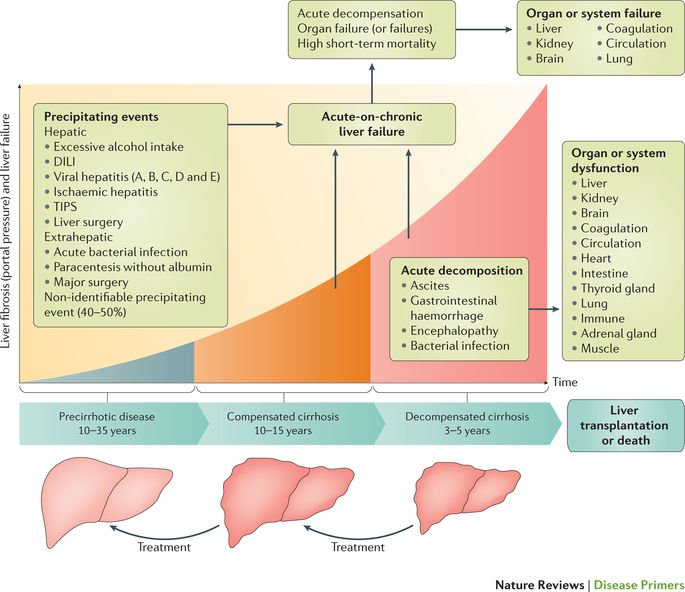 But it is important to know that with proper and timely treatment, viral, alcoholic and metabolic cirrhosis can be cured. At least they can be stopped.
But it is important to know that with proper and timely treatment, viral, alcoholic and metabolic cirrhosis can be cured. At least they can be stopped.
Liver cirrhosis due to viral hepatitis is reversible. Treatment of cirrhosis in hepatitis B and C
Hepatit.ru
Specialized Scientific Hepatology Center
Founded in 2000 Academicians of RAMS
V.I. Pokrovsky and Yu.M. Lopukhin
Park Kultury
How to get there in 30 seconds
Moscow, Zubovsky boulevard, 13
+7 (495) 255-10-60
PRE-BOOKING
DAILY: 9:00-21:00
33011 patients have been successfully treated for 23 years.
New drugs give a guarantee of up to 99%!
DISCOUNT 10% for ANALYSIS until the end of June!
- Home
- You found out about viral hepatitis too late
Early stages of cirrhosis CAN BE TREATED. Reverse development of cirrhosis is possible!!!.
Formation of cirrhosis of the liver
– This is a long process during which the destruction of the liver occurs and the replacement of normal healthy liver tissue with connective tissue or adipose tissue, depending on the cause of liver damage.
In viral hepatitis and alcoholic cirrhosis, it is a connective tissue, the density of which is much higher than the density of normal healthy hepatic parenchyma. As a result, the structure of the liver changes, its functionality is impaired, blood circulation in the abdominal cavity suffers catastrophically. Due to the increase in pressure in the main vessels of the liver, they expand and eventually rupture with subsequent internal bleeding.
If the cause of cirrhosis is fatty hepatosis, then the same changes are caused by the replacement of liver tissue with fatty tissue.
If viruses are the cause of cirrhosis, then the only way to stop the process, which has not yet reached irreversible stages, is antiviral treatment. Antiviral drugs have antifibrotic and anticirrhotic effects. Prescribing antiviral therapy in such cases is a serious and responsible decision for a doctor, since treatment with these drugs is often accompanied by side effects with quite dangerous blood changes. However, there are NO other ways to survive.
However, there are NO other ways to survive.
Our doctors have treated a lot of patients with cirrhosis. We have helped many of them. Many patients with the initial stage of cirrhosis, after treatment, are absolutely healthy and have a degree of fibrosis F0!! This is not an easy path. Sometimes two or more courses of antiviral therapy, non-standard solutions, joint efforts of the doctor and the patient made it possible to cope with a serious illness. Unfortunately, this does not always happen.
For the treatment of liver cirrhosis against the background of fatty hepatosis, an endocrinologist is necessarily involved in the treatment, since the cause of liver disorders in this case is hormonal and metabolic changes that can be treated in almost 100% of cases, but with the obligatory implementation by patients of the endocrinologist’s recommendations for changing lifestyle, including including nutrition and physical activity.
You can immediately make an appointment with a hepatologist
for a paid consultation by phone +7 495 255 10 60, but if you have not undergone an examination to clarify the stage of cirrhosis, sign up for a free consultation to schedule such an examination.
Hepatologist consultation
until June 10 free of charge
What is important to know
- What is hepatitis B
- Hepatitis B treatment
- What is Hepatitis C
- Hepatitis C treatment
- Treatment of hepatitis C with new drugs
- alcoholic liver disease
- Fatty hepatosis
- Cirrhosis of the liver
- What is liver elastometry (fibroscan)
- Analyzes and examinations
Do you have a reason to see a hepatologist?
1) Do you have heaviness in your right side?
yes no
2) Have you visited a dentist in the last 5 years?
yes no
3) Have you had surgery or tattoos?
yes no
4) Do you often feel tired?
yes no
5) Is your waist larger than 90 cm?
yes no
Patient reviews View all reviews
Gratitude from the First Channel for help in preparation and participation in the program “Male and Female”
hepatology center in Moscow —
“HEPATIT.